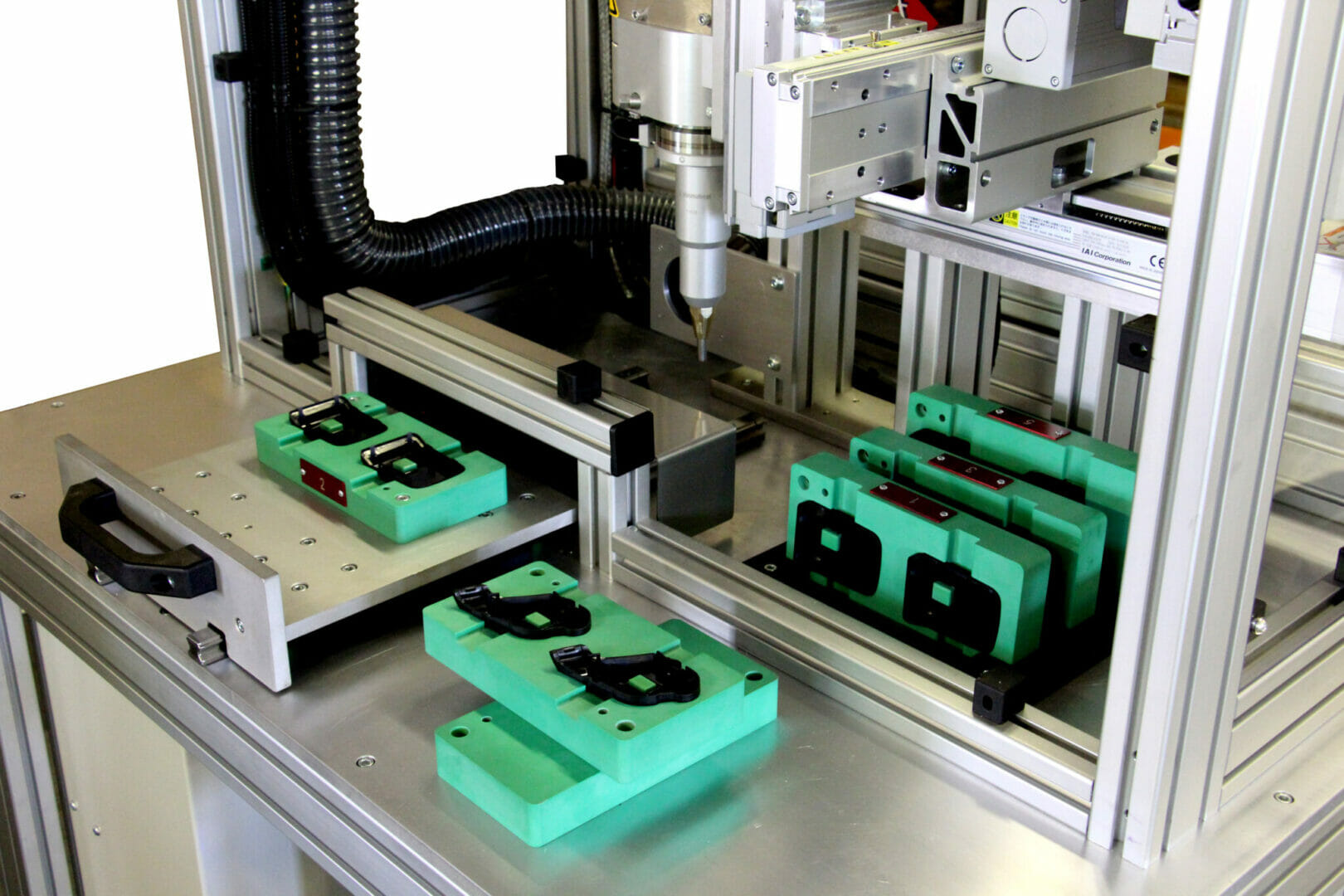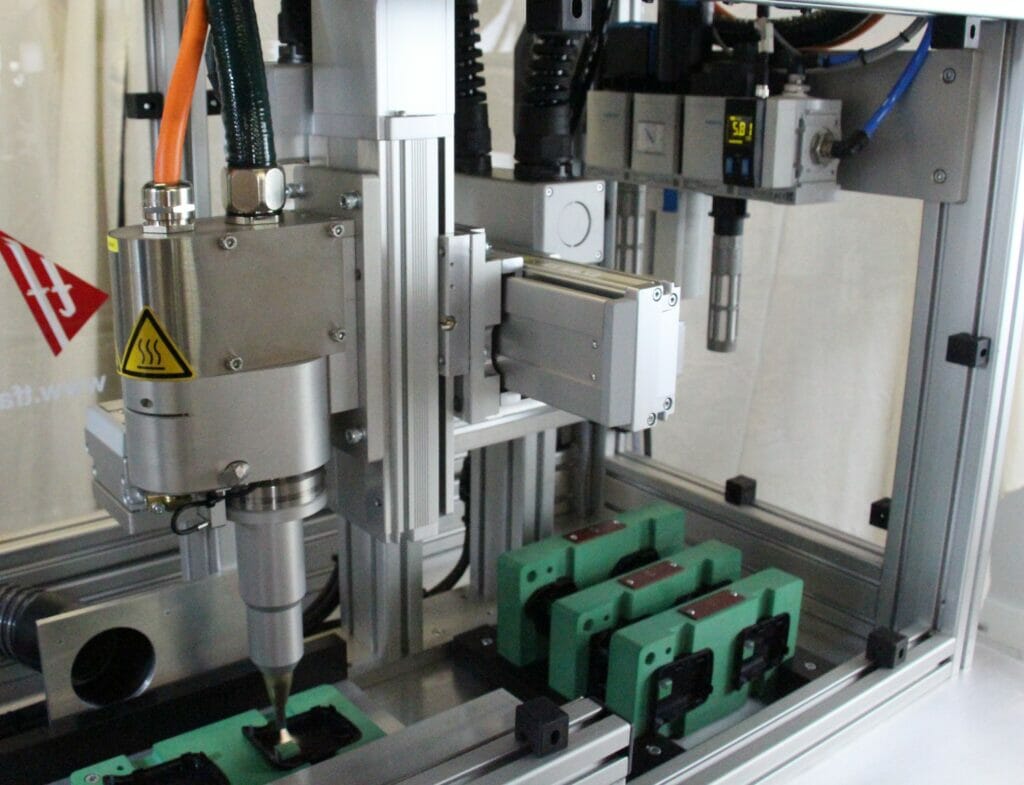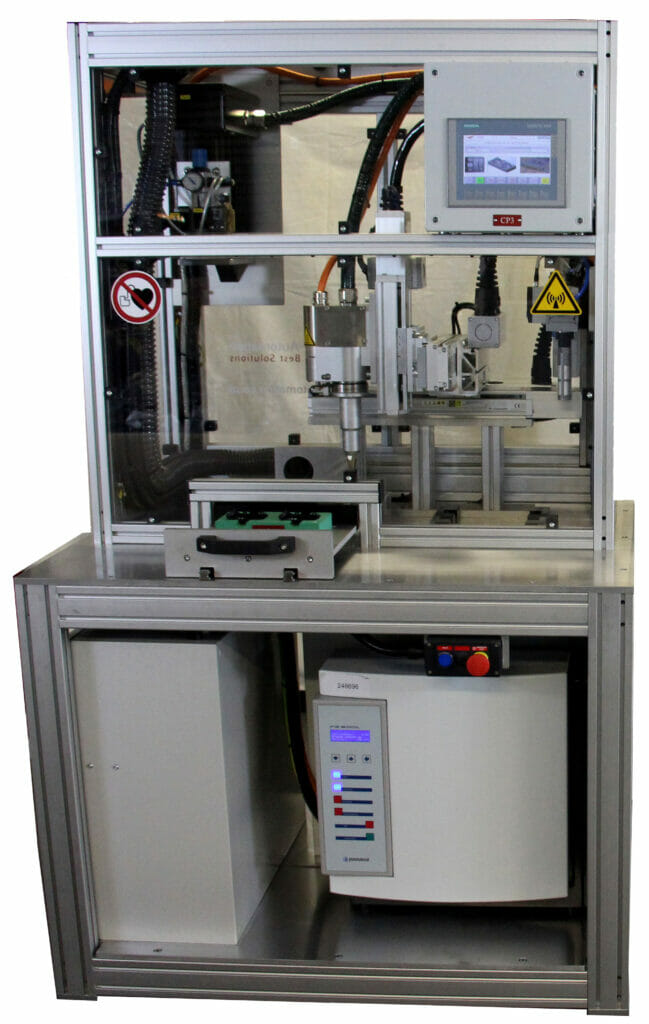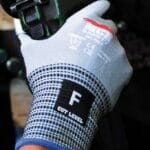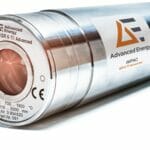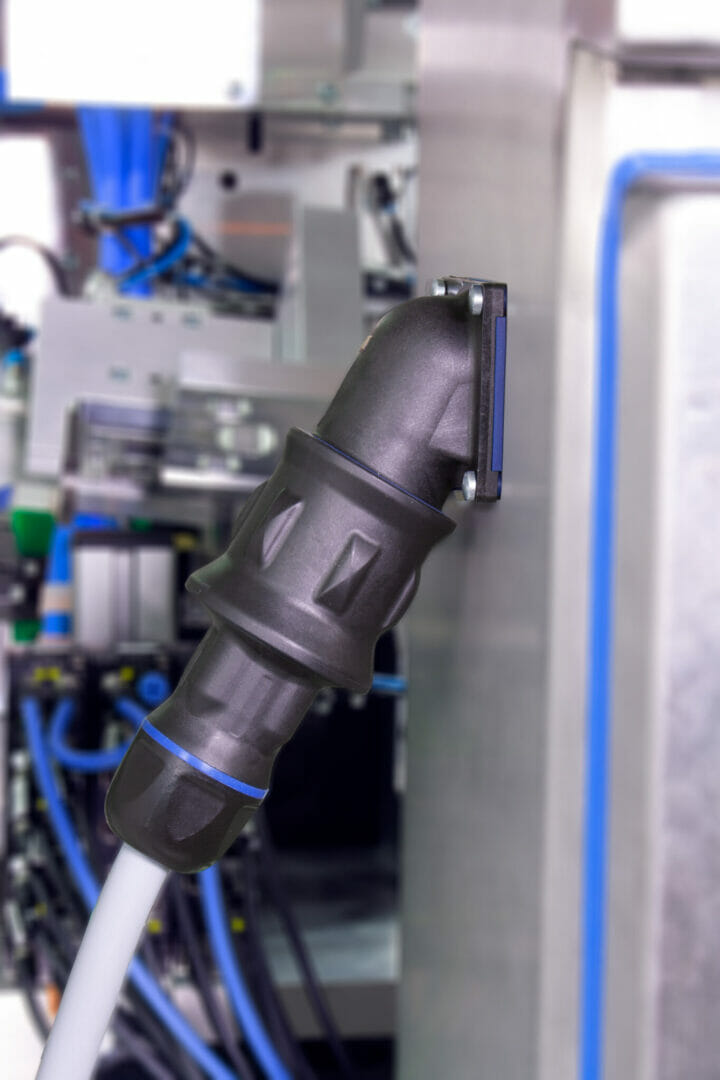TF Automation were commissioned by Kostal to design and build two plasma treat machines to address the increase in demand for cleaning new automotive switch products.
Kostal commissioned TF Automation to design two identical plasma treat machines to clean the surfaces of a switch assembly. Under the touch sensitive switch or button there is a capacitive foil and to ensure good performance the bonding between the switch and foil is critical with no moisture or air bubbles. To prepare the switch for capacitive foil bonding, the plastic elements required to be plasma-cleaned to remove any moisture and impurities.
Plasma pre-treatment is the key enabler technology for microfine cleaning, surface activation and plasma coating of nearly all kinds of materials. Conventional industrial pre-treatment methods are being replaced by plasma technology to make processes more effective and environmentally friendly.
TF Automation manufactured the two Plasma Treat Machines to automatically clean and prepare the inner surfaces of the automotive switches. Both machines accept 6 variants; however, they are programmed to accommodate many more variants, if required. The operator places two component parts into nests on a sliding drawer which is then closed. The drawer is automatically locked which seals the plasma cleaning area and protects the operator. The plasma cleaning of both switches is carried out, allowing the operator to perform other tasks, as required. Once cleaning is complete, the operator then removes the switches and repeats the operation.
The change-over from one variant to another is simple with quick change nests selected from the menu on the HMI screen. The nests are fully poka-yoked sensed if variants are selected in error, the machine prompts the operator.
The plasma head is mounted on to a 3-axis servo cartesian gantry and when the operator chooses a variant on the HMI, the correct plasma path is automatically selected. The plasma jet is guided with a defined speed and distance over the surface of the component prior to bonding. As the jet rotates, the plasma provides uniform treatment over a wider area than a non-rotational jet. The treatment is made by a potential-free plasma flume that exits the nozzle at an angle
Tony Hubbert, MD at TF Automation, comments, “TF Automation have worked with Kostal for nearly ten years now and built numerous process automation an testing machines, however this was the first plasm treat machine requirement.”. He adds, “We see growth in general in the market for plasma treat machines as the technology can be applied across numerous industries.”
To find out more about plasma treatment or to discuss your next automation project with our design team, contact us on 01274 308005, email us at info@tfautomation.co.uk or visit our website www.tfautomation.co.uk.

